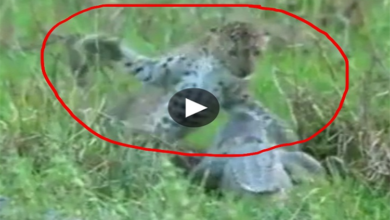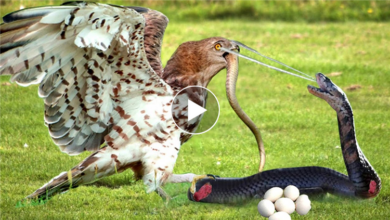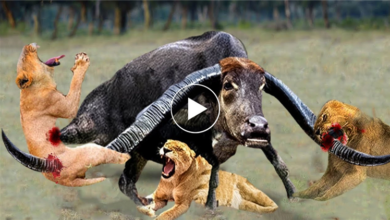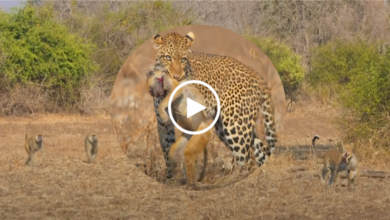The moment of suffocation when witnessing the life-and-death battle of velvet geckos and extremely venomous snakes
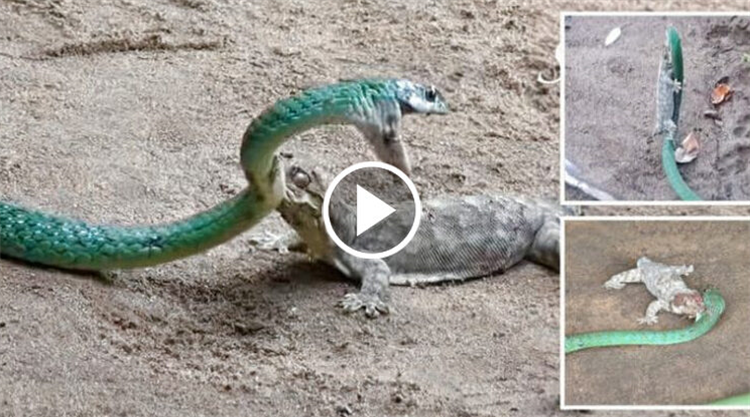
The snake bit the gecko perched on the rafters, and both it and its prey fell to the ground. The sᴄᴇɴᴇ took about 40 minutes to complete. The snake was carrying the gecko around since it was fastened to its head.
The gecko bit back despite the snake’s greatest efforts to remove it from its body. They continued to Bɪᴛᴇ each other in this manner for a time. The animals gradually dispersed in an attempt to stop them, but the gecko was eventually swallowed by the green snake. In this brutal battle, the green snake won, and the gecko perished.
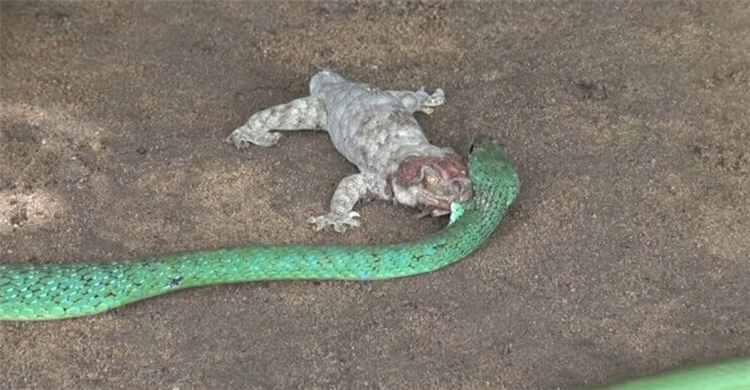
Native to North America, the green snake is a small to medium-sized nonᴠᴇɴᴏᴍᴏᴜs snake. The slick dorsal scales are the source of its colloquial name. Its back is always a bright green color, but its belly can be either yellow or wee. From infancy to age, its dorsal coloration changes. It may start off dark, blue-gray, or even olive green, but as it first sheds its skin, it changes into the recognizable bright green color.
The dorsal color can also vary according to the locale; for example, it can appear blueish in Kansas, light brown with an undertone of olive in southeastern Texas, and bronze in northern Wisconsin. Since it is not aggressive, it rarely Bɪᴛᴇs and usually flees when approached.
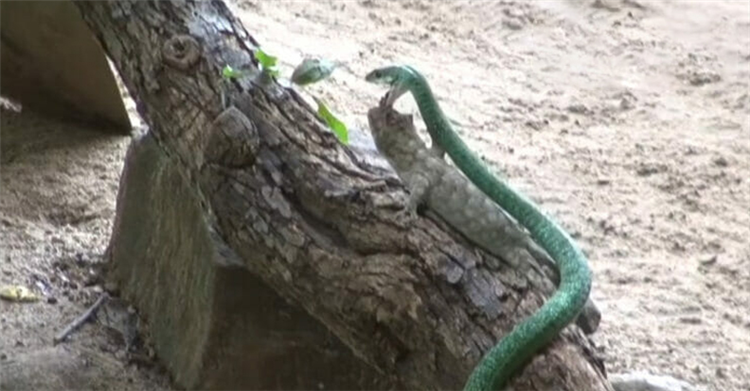
No wonder snakes and lizards are on this list. In the world of snakes and lizards, the ability to use the sense of smell has been amazingly enhanced. Instead of “sniffing” through their noses, these reptiles pick up scents through their long tongues.
The Tongue of Snakes (and Lizards) collects particles and molecules in the air as well as in the water and provides important information to the brain through two pits on the roof of the mouth, known professionally as “” Jacobson zone”, where analysis of molecules in the air is conducted, and guesses whether the source of these molecules, can be from a potential threat, a potential prey or whatever. other – they were even able to determine the exact direction in which these molecules flew.
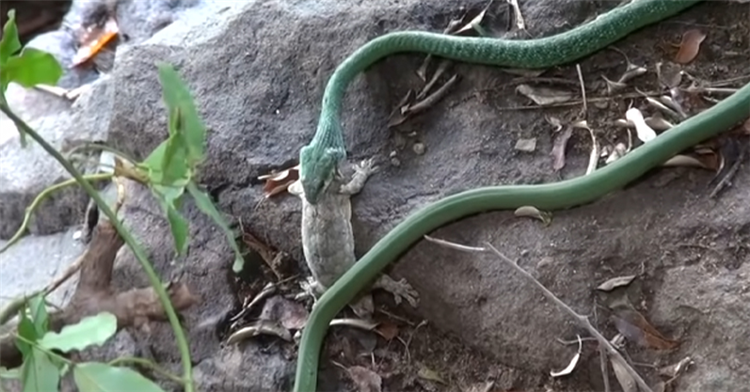
Therefore, with its keen olfactory system, a Komodo dragon (the world’s largest lizard) can detect prey or a decomposing carcass at a distance of more than 9 km.


